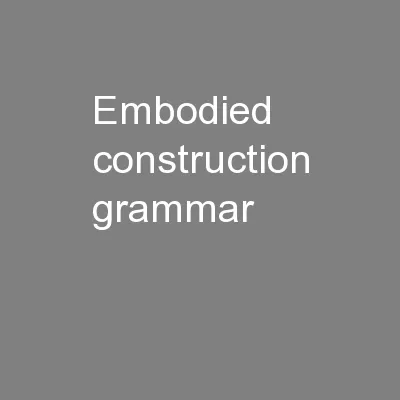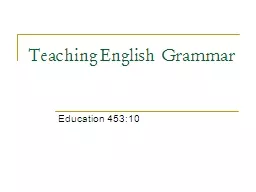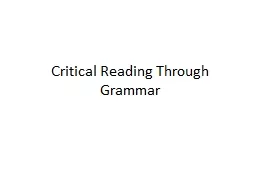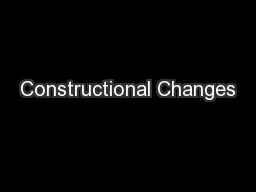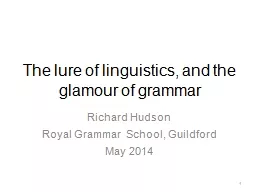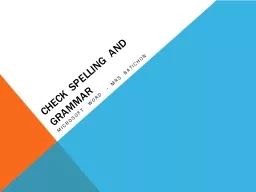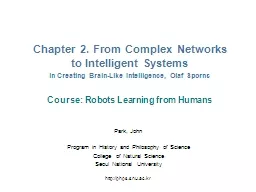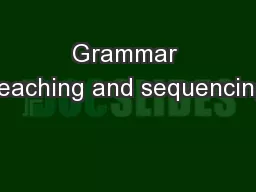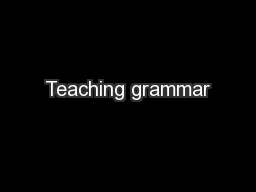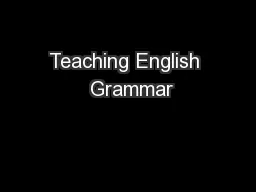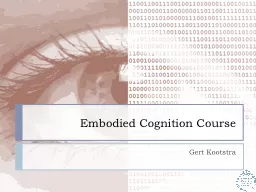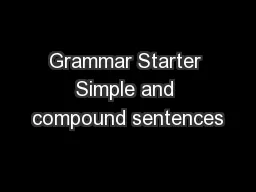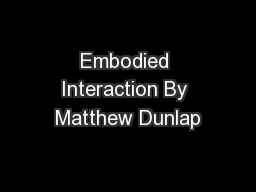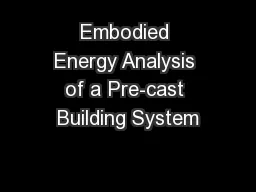PPT-Embodied construction grammar
Author : stefany-barnette | Published Date : 2016-07-21
CSCTR Session 8 Dana Retov á group at UC Berkeley amp Uni of Hawaii Nancy Chang Benjamin Bergen Jerome Feldman General assumption Semantic relations could be
Presentation Embed Code
Download Presentation
Download Presentation The PPT/PDF document "Embodied construction grammar" is the property of its rightful owner. Permission is granted to download and print the materials on this website for personal, non-commercial use only, and to display it on your personal computer provided you do not modify the materials and that you retain all copyright notices contained in the materials. By downloading content from our website, you accept the terms of this agreement.
Embodied construction grammar: Transcript
Download Rules Of Document
"Embodied construction grammar"The content belongs to its owner. You may download and print it for personal use, without modification, and keep all copyright notices. By downloading, you agree to these terms.
Related Documents

